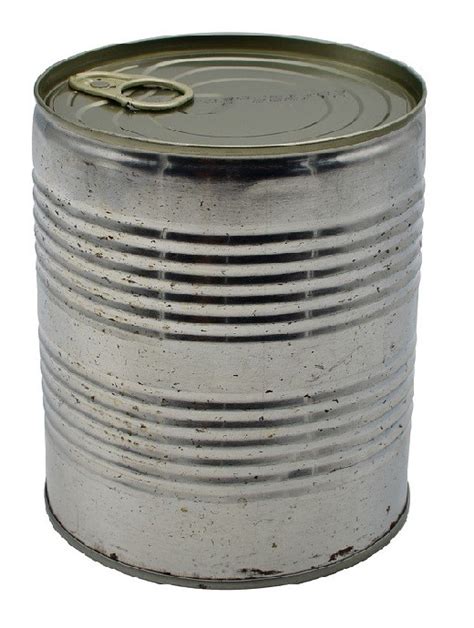How to hack recovery for peak male performance & accelerated muscle growth?

The Unsung Hero: Why Recovery Is Your Ultimate Performance Hack
In the relentless pursuit of peak male performance and accelerated muscle growth, many individuals focus intensely on their workouts and diet, often overlooking the most critical component of progress: recovery. Training breaks down muscle tissue, but it’s during the recovery phase that your body repairs, rebuilds, and adapts, coming back stronger and more capable than before. Without proper recovery, even the most rigorous training regimen can lead to plateaus, overtraining, injury, and a decline in overall performance and well-being. Hacking your recovery isn’t just about resting; it’s about strategically optimizing your body’s repair processes to unlock your full potential.

Sleep: The Foundation of Anabolic Growth
When it comes to recovery, sleep reigns supreme. It’s during deep sleep cycles that your body produces the highest levels of growth hormone (GH) and testosterone, both crucial for muscle repair, fat loss, and overall vitality. Consistently inadequate sleep disrupts these vital hormonal processes, hindering muscle growth, impairing cognitive function, and reducing physical performance.
Optimizing Your Sleep Environment & Habits
- Aim for 7-9 Hours: Prioritize 7-9 hours of quality sleep per night. Experiment to find your optimal duration.
- Circadian Rhythm: Go to bed and wake up around the same time daily, even on weekends, to regulate your body’s natural sleep-wake cycle.
- Dark & Cool: Ensure your bedroom is completely dark, quiet, and cool (around 60-67°F or 15-19°C).
- Screen Time: Avoid blue light exposure from screens for at least an hour before bed. Consider blue light blocking glasses.
- Pre-Sleep Rituals: Implement relaxing activities like reading, meditation, or a warm bath to signal to your body it’s time to wind down.

Fueling Repair: Strategic Nutrition for Recovery
What you eat after and between workouts plays a monumental role in how quickly and effectively your body recovers. Proper nutrition provides the raw materials for muscle repair, glycogen replenishment, and inflammation management.
Protein Intake: The Building Blocks
Ensure a consistent intake of high-quality protein throughout the day, especially post-workout. Aim for 0.7-1.0 grams of protein per pound of body weight to support muscle protein synthesis. Sources like lean meats, poultry, fish, eggs, dairy, and plant-based proteins are essential.
Carbohydrates: Replenishing Glycogen Stores
Carbohydrates are your body’s primary energy source. After intense workouts, your glycogen stores are depleted. Consuming complex carbohydrates post-workout helps to replenish these stores, preparing your muscles for the next session. Opt for whole grains, fruits, vegetables, and starchy tubers.
Healthy Fats & Micronutrients
Don’t neglect healthy fats (avocado, nuts, seeds, olive oil), which are vital for hormone production and reducing inflammation. A diet rich in micronutrients (vitamins and minerals) from a wide variety of fruits and vegetables supports overall bodily functions crucial for recovery and performance.

Smart Recovery Modalities: Beyond Just Rest
While passive rest is important, incorporating active recovery and specific modalities can significantly enhance your body’s ability to bounce back.
Active Recovery & Mobility
Light activities like walking, cycling, or swimming on rest days can improve blood flow, reduce muscle soreness, and aid in nutrient delivery to tired muscles. Incorporate foam rolling, stretching, and dynamic mobility drills to improve flexibility, reduce fascial restrictions, and prevent injuries.
Cold and Heat Therapies
Techniques like cold showers, ice baths, or contrast showers can reduce inflammation and muscle soreness. Sauna use, on the other hand, can improve cardiovascular health, promote detoxification, and aid in relaxation, all indirectly supporting recovery.
Stress Management & Mindset
Chronic stress elevates cortisol levels, which can break down muscle tissue and hinder recovery. Practicing mindfulness, meditation, deep breathing exercises, or simply engaging in hobbies can significantly lower stress levels and foster a more anabolic environment for growth.

Strategic Supplementation: A Targeted Edge
While diet and lifestyle form the bedrock of recovery, certain supplements can offer a strategic advantage, especially for those pushing their limits.
- Creatine Monohydrate: Enhances ATP production, improving strength, power, and muscle growth.
- Whey Protein/Casein: Convenient sources of complete protein for muscle repair and growth.
- BCAAs/EAAs: Essential amino acids, particularly leucine, can support muscle protein synthesis and reduce muscle breakdown.
- Omega-3 Fatty Acids: Possess anti-inflammatory properties that can aid in joint health and recovery.
- Magnesium & Zinc (ZMA): Important for sleep quality, hormone production, and overall cellular function.
- Vitamin D3: Crucial for bone health, immune function, and testosterone levels.
Always consult with a healthcare professional before starting any new supplementation regimen.

Your Personalized Recovery Blueprint
Hacking recovery is not a one-size-fits-all approach. It requires consistent effort, self-awareness, and a willingness to experiment. By prioritizing quality sleep, optimizing your nutrition, strategically employing recovery modalities, and judiciously using supplements, you can create a robust recovery blueprint that not only prevents burnout but actively propels you toward peak male performance and accelerated muscle growth. Remember, consistency in recovery is just as important as consistency in training. Listen to your body, make adjustments as needed, and watch your progress soar.





